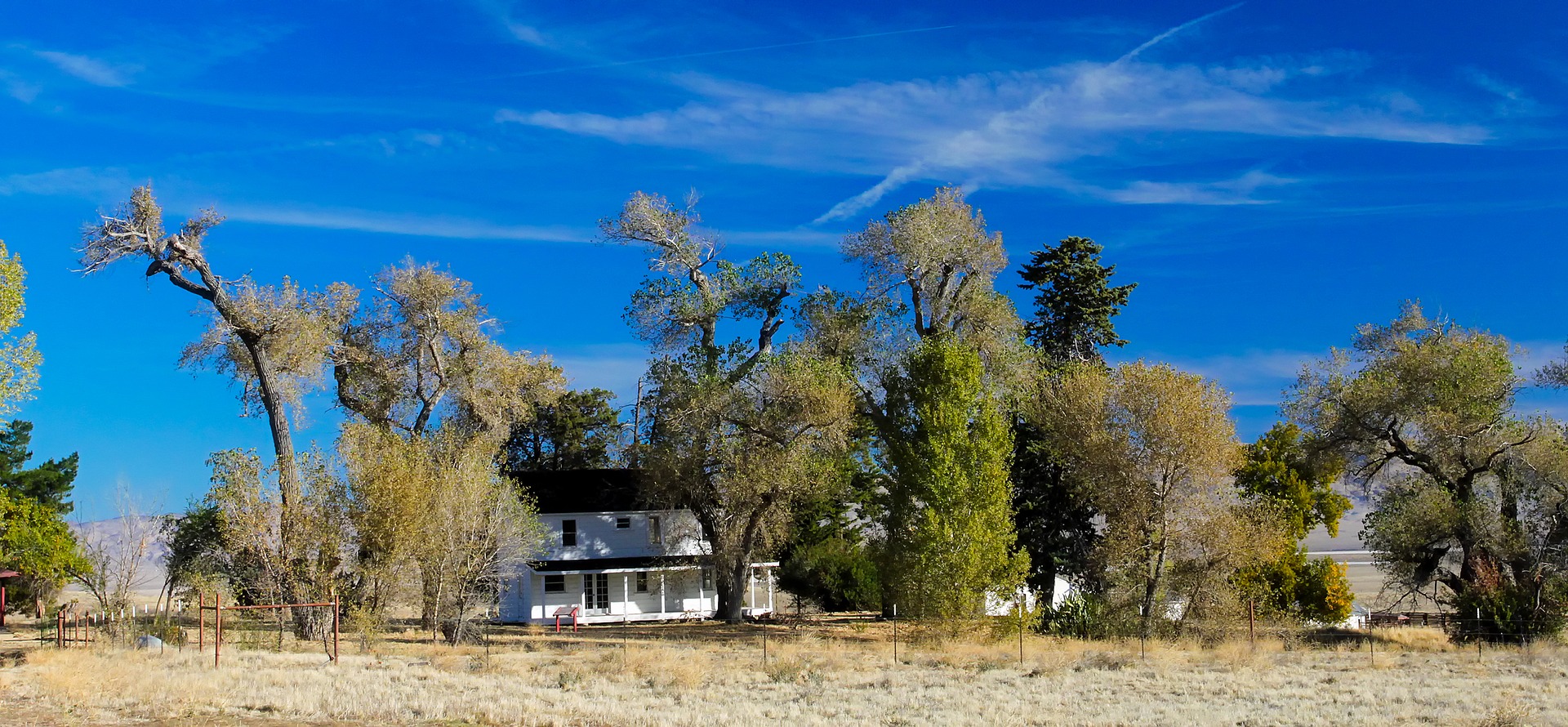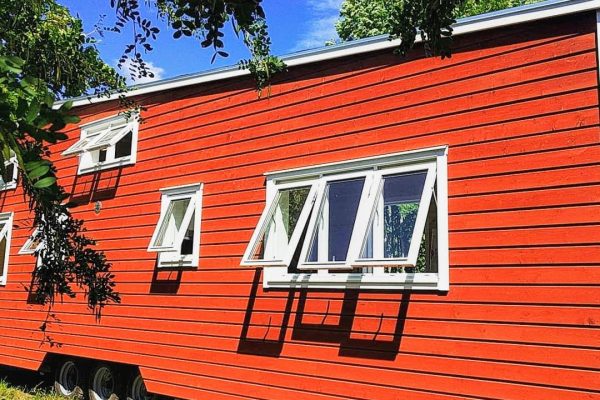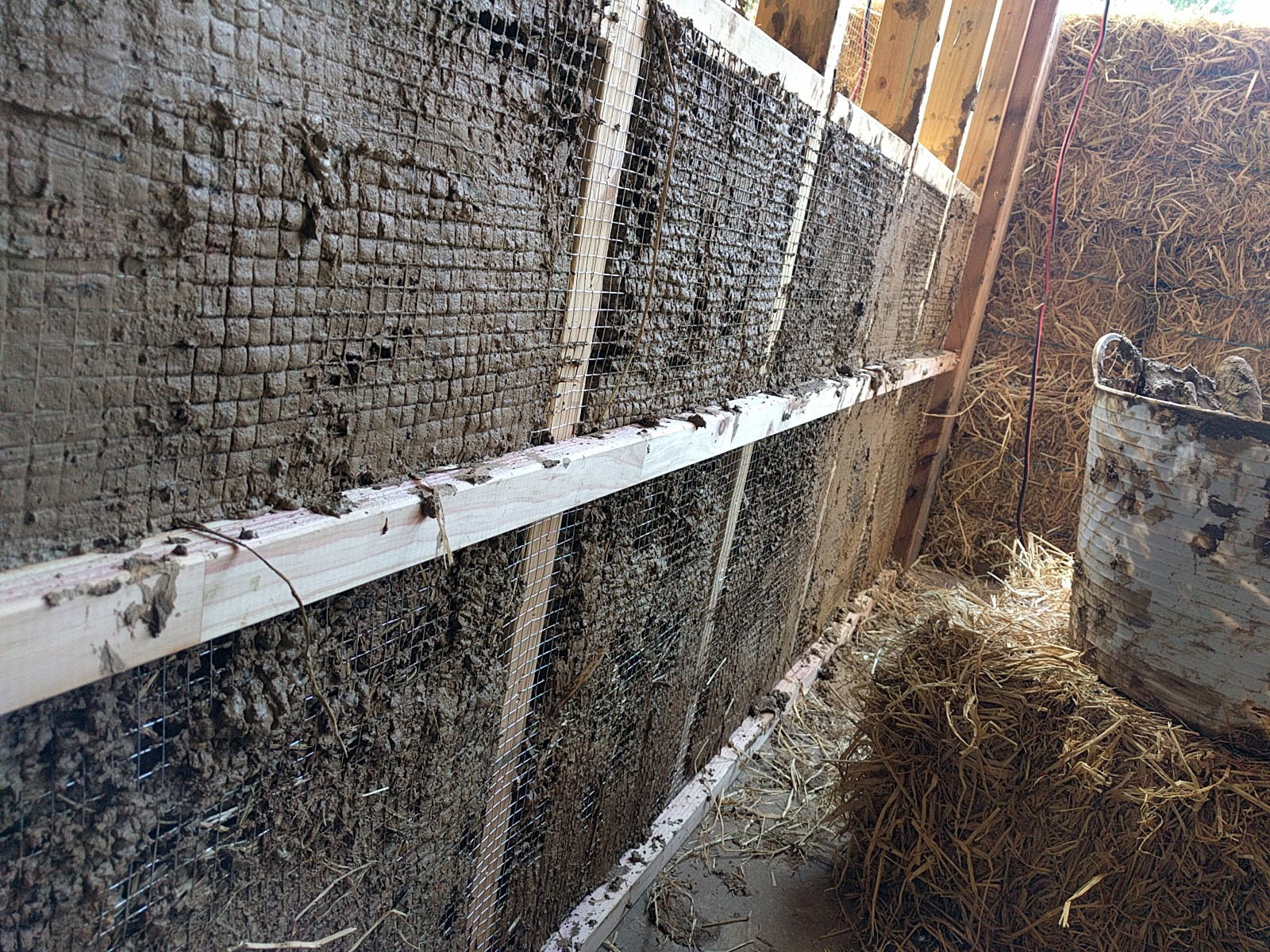Although we didn’t build our tiny house with our own hands, we decided many details. Today I want to talk about one aspect of that: flooring.
From the beginning, we omited the heaviest and bulkiest options: ceramic tiles, concrete and stone, and even hardwood floor. We also didn’t consider carpet because of allergies in our family. So in this post, I’m going to go through the remainder of the floor types for small spaces. It was also important for us to use the same flooring in the whole house so we could create one large space rather than smaller ones.
In the end, we decided on a new kind of floor which was only supplied by one German company called Wineo. The floor fulfilled all our criteria: it came in long boards and was easy to install (in this case clickable), it works in wet rooms, and it tolerates electric underfloor heating. Also, it is made from natural materials. So far we like it and are happy with our choice.
But the choice didn’t come easy.
First, there was PVC flooring
PVC flooring was an option I downright rejected. In all honesty, though, PVC has some potential benefits: it’s durable, relatively inexpensive, comes in a zillion different styles, it is suitable for wet rooms and underfloor heating and is easy to install. But the drawbacks were just too massive for me to accept these benefits.
The abbreviation PVC stands for Poly Vinyl Chloride. There are two different types of PVC around: rigid and soft. PVC in general is the third most common plastic in the world. And it is essentially all around us: in pipes and cables, in water bottles, cards and food packing, and even doors and windows. We all come in contact with PVC one way or another.
The problem of PVC (for me) is its end-of-life: PVC has a lifespan of 140 years, it admits dioxins during its life and after, and it has a finite number of recycling possibilities: seven. These aspects don’t even include the fact that PVC is made from petroleum and while being produced pose a health risk for workers and neighbours.
In short, I really didn’t want PVC flooring.
Or another version of PVC: Vinyl
Well, I thought vinyl might be an option but it is just the same as PVC.
Unfortunately, the label vinyl has become a marketing tool to sell PVC, just with a different name. The potential benefits are the same as in PVC, as well as are the problems.
After I had ruled out PVC and vinyl, my flooring choices started to narrow down.
Next option: linoleum
Linoleum tends to come in a similar category to vinyl and PVC (and I’ve had people telling me they are the same) but they are very different. Linoleum is a mixture of linseed oil, cork dust, tree resins, wood flour, mineral fillers such as ground limestone (calcium carbonate) and pigments for decorative purposes. Because linoleum flooring consists of natural materials, it doesn’t admit toxins and at the end of its life, it is biodegradable.
I remember linoleum from my childhood where it laid in kitchens, hallways, and staircases. Linoleum is water resistant and relatively easy on the joints. However, linoleum also requires some extra care and repeated polishing.
I would have liked linoleum in our tiny house but I found it difficult to get. True linoleum is only available in specialised stores and I couldn’t find one in our area.
My absolute favourite: cork
The floor I fell in love with but ultimately didn’t get is cork.
Cork flooring is made of cork, obviously. Cork is harvested from the living cork oak tree which grows predominantly in Southern Europe. It has excellent properties for a floor: it’s soft, durable, warm, and very nice to walk on bare feet.
There are now a lot of options for cork flooring so it’s not difficult to find and buy it. It is also reasonably inexpensive. The only thing to keep in mind is that sometimes cork is glued onto boards which contain PVC.
The problem with cork for us was that it cannot be used in wet rooms and it does not work with electric underfloor heating. On top of that, cork can be damaged easily and it can fade in sunlight.
I admit I was really sad when we ruled out a cork floor. My next house has to have it though.
In the end, we went with the labels
At the end of our search, we decided on a floor which fulfilled environmental standards in Germany. Our floor is made from natural materials, has no emissions, and suitable for our needs.
It was a longer process than I expected and not an easy task to find the correct floor. I tried to gather as much information as I could on my options. Ultimately, however, I left it to independent tests to tell me the best option.
I wouldn’t change our decision of a natural floor but next time I want to be braver in choosing the best flooring for our house.





Hi there, are you able to talk more about what you did choose-‘labels’? And when you say be braver what would you have gone for? thanks so much!
We had very specific demands for our floor (it needed to be both suitable for wet rooms and electric underfloor heating) so our choices were limited. We went with a German brand (Wineo, if you’re interested) because they ticked all boxes. Next time and in a larger house I would go with different options for different rooms. I still love cork!